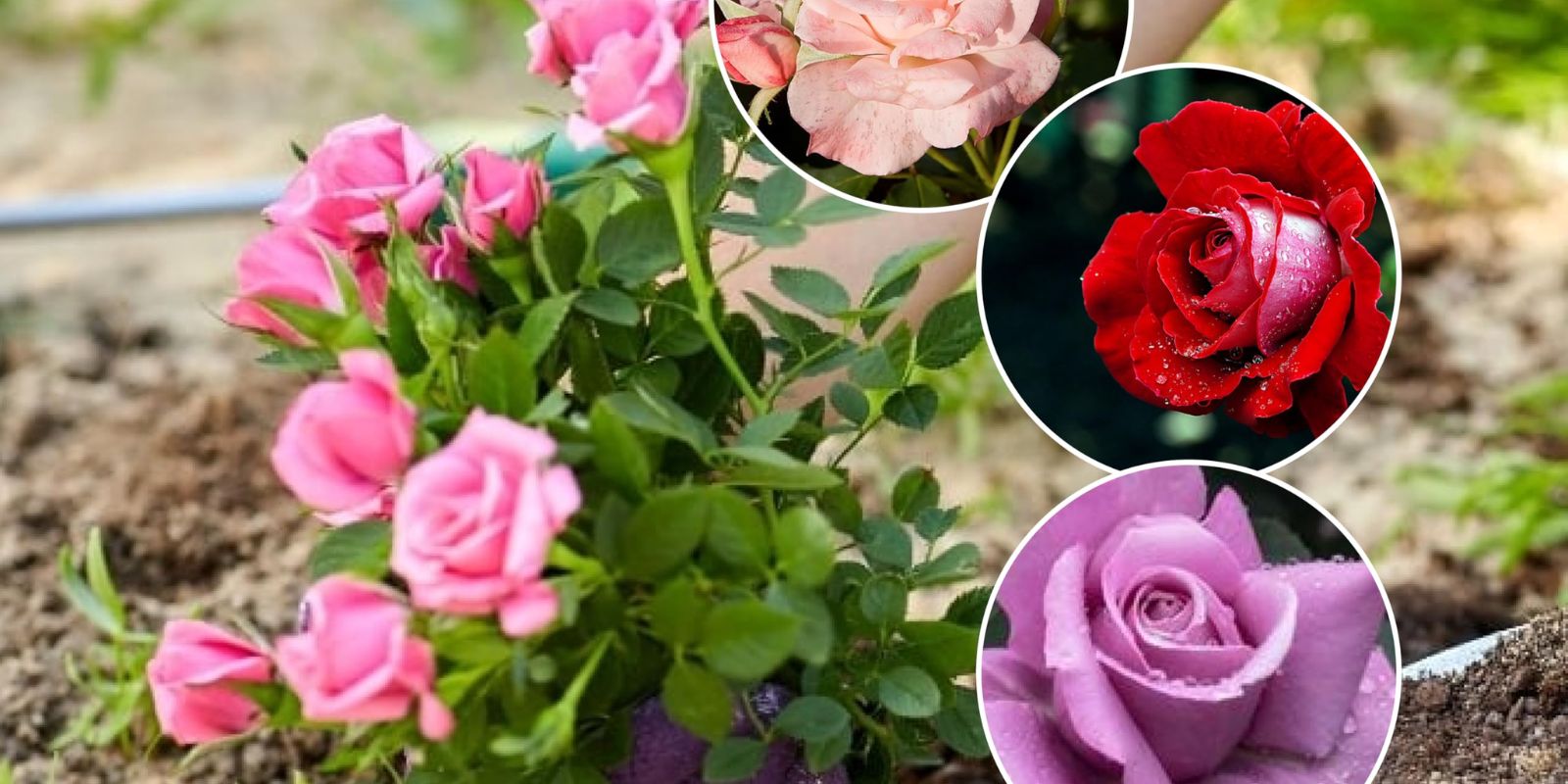Flower gardens can transform a space into a vibrant display of color and fragrance, but achieving that bloom-filled vision requires the right care and attention. One of the most effective ways to boost flower growth is through proper fertilization. This comprehensive guide will help you understand how to select and apply the right fertilizers to enhance your flower garden.
Understanding Flower Fertilization
Fertilizers provide essential nutrients that flowers need to grow strong and produce abundant blooms. The three primary nutrients are nitrogen (N), phosphorus (P), and potassium (K). Each plays a specific role in plant health:
- Nitrogen (N): Promotes leafy growth and overall plant vigor.
- Phosphorus (P): Encourages root development and flowering.
- Potassium (K): Strengthens plant structure and improves resistance to diseases.
For flowers, phosphorus is especially important as it supports the development of blooms.
Choosing the Right Fertilizer
Selecting the right fertilizer can make a significant difference in your flower garden’s health and productivity. Here’s how to choose:
- Know Your Soil: Test your soil to determine its nutrient content and pH level. This will help you select a fertilizer that addresses specific deficiencies.
- Select Fertilizer Types: There are various types of fertilizers, including granular, liquid, and slow-release. Each has its benefits:
- Granular Fertilizers: Spread on the soil surface and work their way into the soil over time.
- Liquid Fertilizers: Quickly absorbed by plants and ideal for rapid nutrient uptake.
- Slow-Release Fertilizers: Provide a steady supply of nutrients over an extended period.
- Choose the Right Ratio: Look for fertilizers with a higher phosphorus ratio, such as a 10-20-10 or 5-10-10 mix. This promotes blooming and strong flower development.
Applying Fertilizer
Proper application is crucial to avoid over-fertilization, which can harm plants. Follow these steps for effective fertilization:
- Read the Label: Always follow the manufacturer’s instructions regarding application rates and methods. Overuse can lead to nutrient imbalances and plant damage.
- Timing:
- Before Planting: Incorporate fertilizer into the soil before planting to ensure nutrients are available from the start.
- During the Growing Season: Apply fertilizer every 4-6 weeks during the growing season, particularly when plants are actively blooming.
- Application Methods:
- Granular Fertilizer: Spread evenly around the base of the plants and gently work it into the soil. Water thoroughly to help dissolve the nutrients and facilitate uptake.
- Liquid Fertilizer: Mix according to the instructions and apply directly to the soil or foliage. Be sure to follow the recommended frequency to avoid over-fertilization.
- Monitor and Adjust: Observe your plants’ response to fertilization. If growth is slow or blooms are sparse, you may need to adjust the type or amount of fertilizer.
Maintaining Soil Health
In addition to fertilization, maintaining soil health is crucial for optimal flower growth:
- Add Organic Matter: Incorporate compost or well-rotted manure into the soil to improve its structure and nutrient content.
- Ensure Proper Drainage: Well-drained soil prevents waterlogging, which can lead to root rot and other issues.
- pH Balance: Ensure the soil pH is appropriate for the types of flowers you are growing. Most flowers prefer a slightly acidic to neutral pH (6.0-7.0).
Common Fertilizing Mistakes to Avoid
- Over-Fertilizing: Applying too much fertilizer can lead to excessive foliage growth at the expense of blooms and can even harm plants.
- Under-Fertilizing: Insufficient fertilization can result in poor flowering and stunted growth.
- Incorrect Timing: Fertilizing too early or too late in the season can affect plant health and blooming.
- Ignoring Soil Tests: Failing to test your soil can result in nutrient imbalances and ineffective fertilization.
Additional Tips for Flower Garden Success
- Rotate Fertilizers: Using different types of fertilizers throughout the growing season can help provide a broader range of nutrients.
- Watering Practices: Proper watering is essential. Ensure plants receive adequate moisture, especially after fertilizing.
- Companion Planting: Plant flowers with similar nutrient needs together to make fertilization more efficient.
- Observe and Adapt: Regularly check your garden for signs of nutrient deficiencies or excesses and adjust your fertilization practices as needed.
Conclusion
Boosting flower growth with the right fertilizer involves choosing the correct type, applying it properly, and maintaining overall soil health. By understanding the nutritional needs of your flowers and following these guidelines, you can create a garden bursting with vibrant blooms and robust plants. Embrace these fertilizing techniques to enhance the beauty and health of your flower garden.
Engagement Prompt:
What are your favorite fertilizers for encouraging vibrant blooms in your garden? Share your tips and success stories with other gardening enthusiasts in the comments below! 🌸🌺

